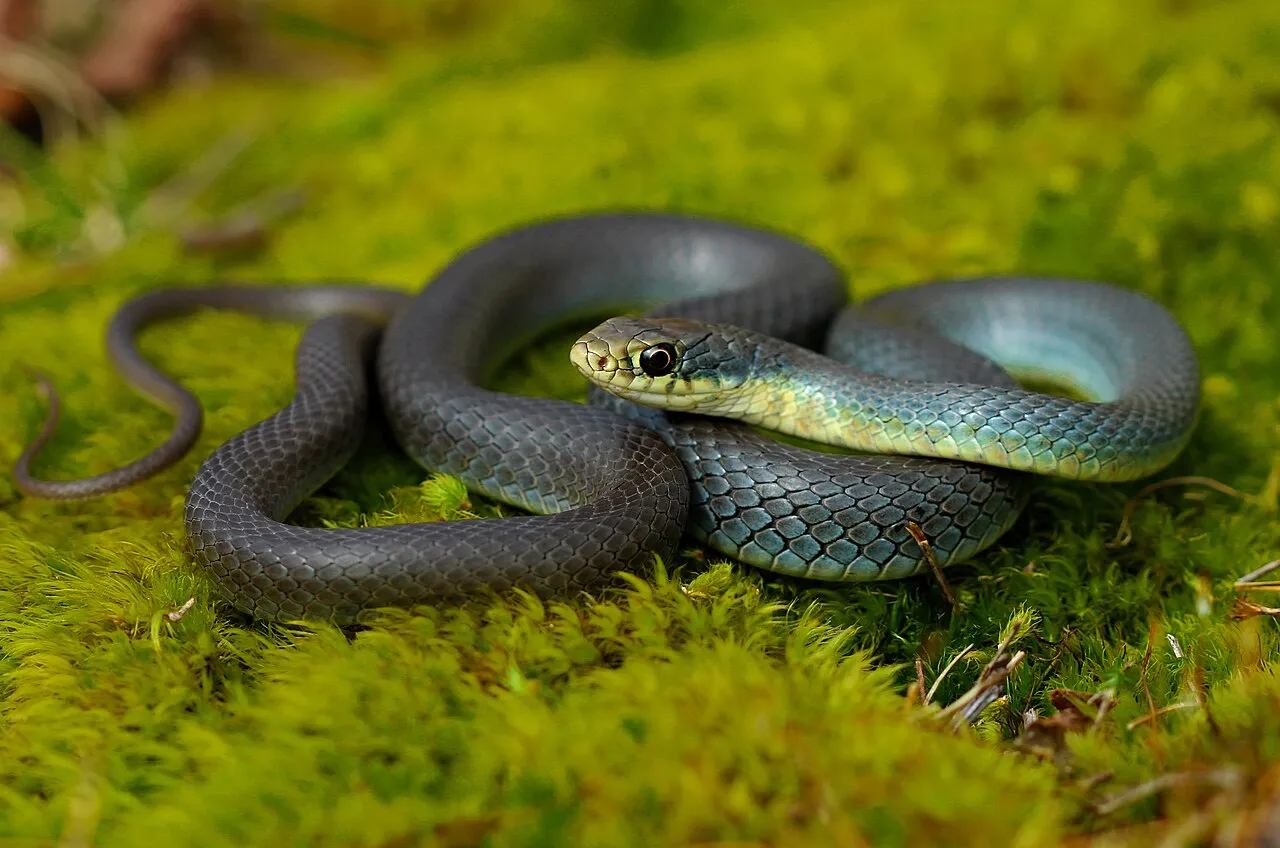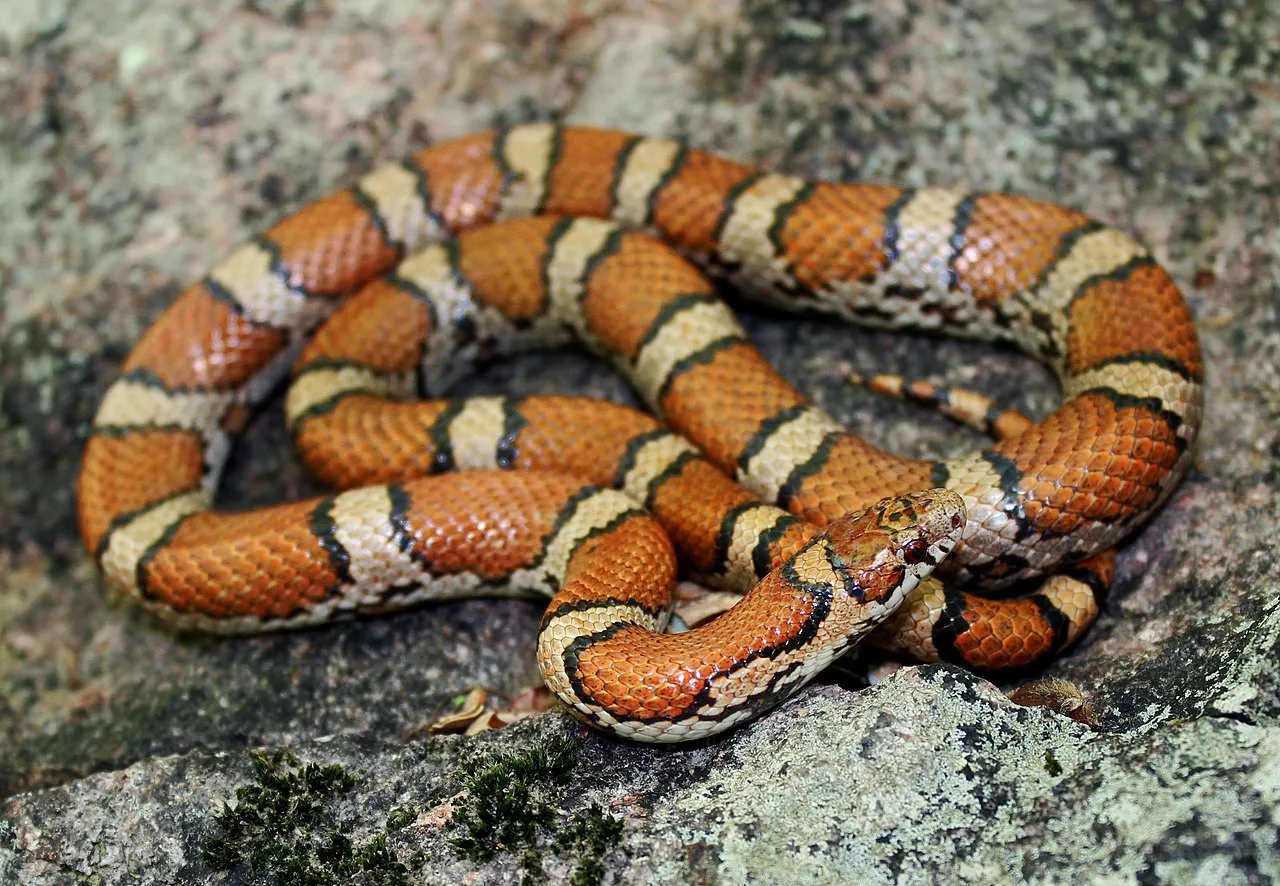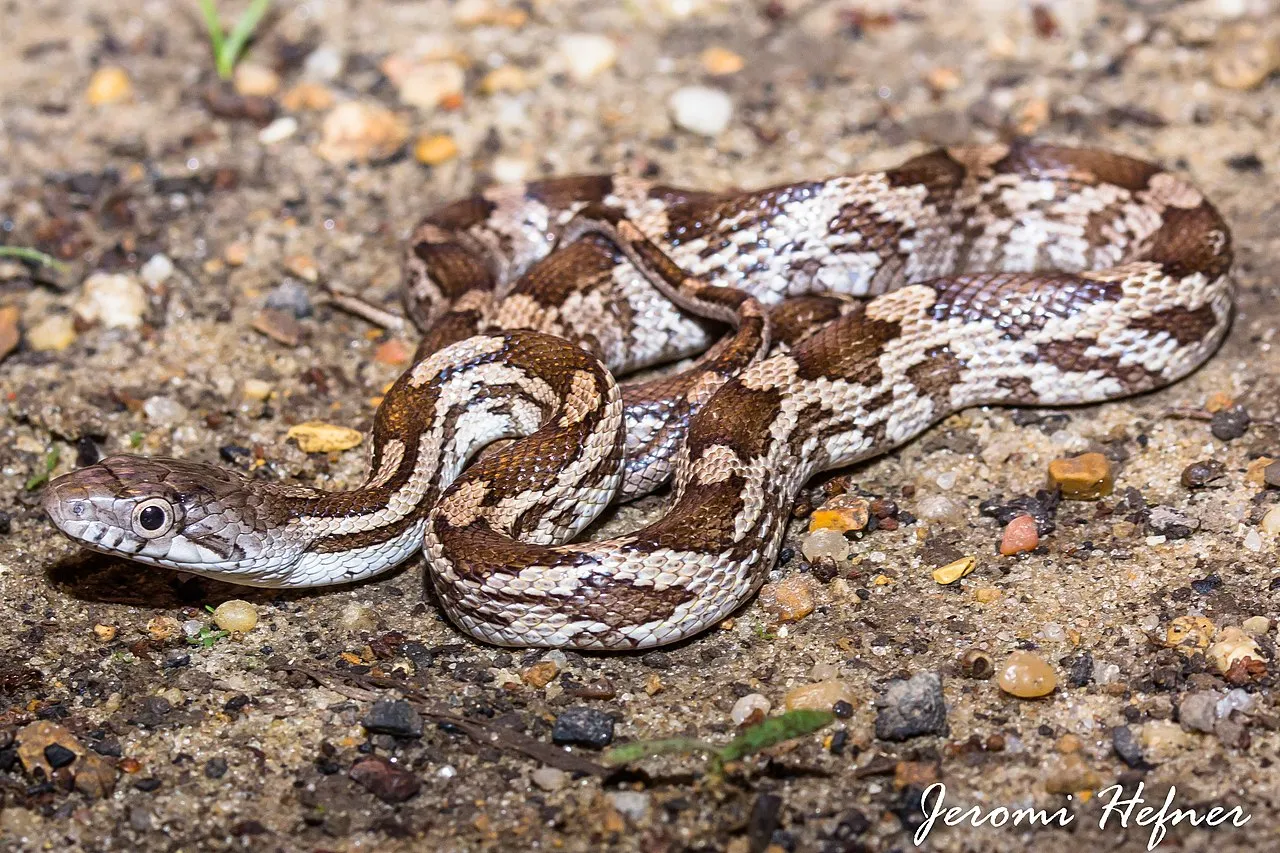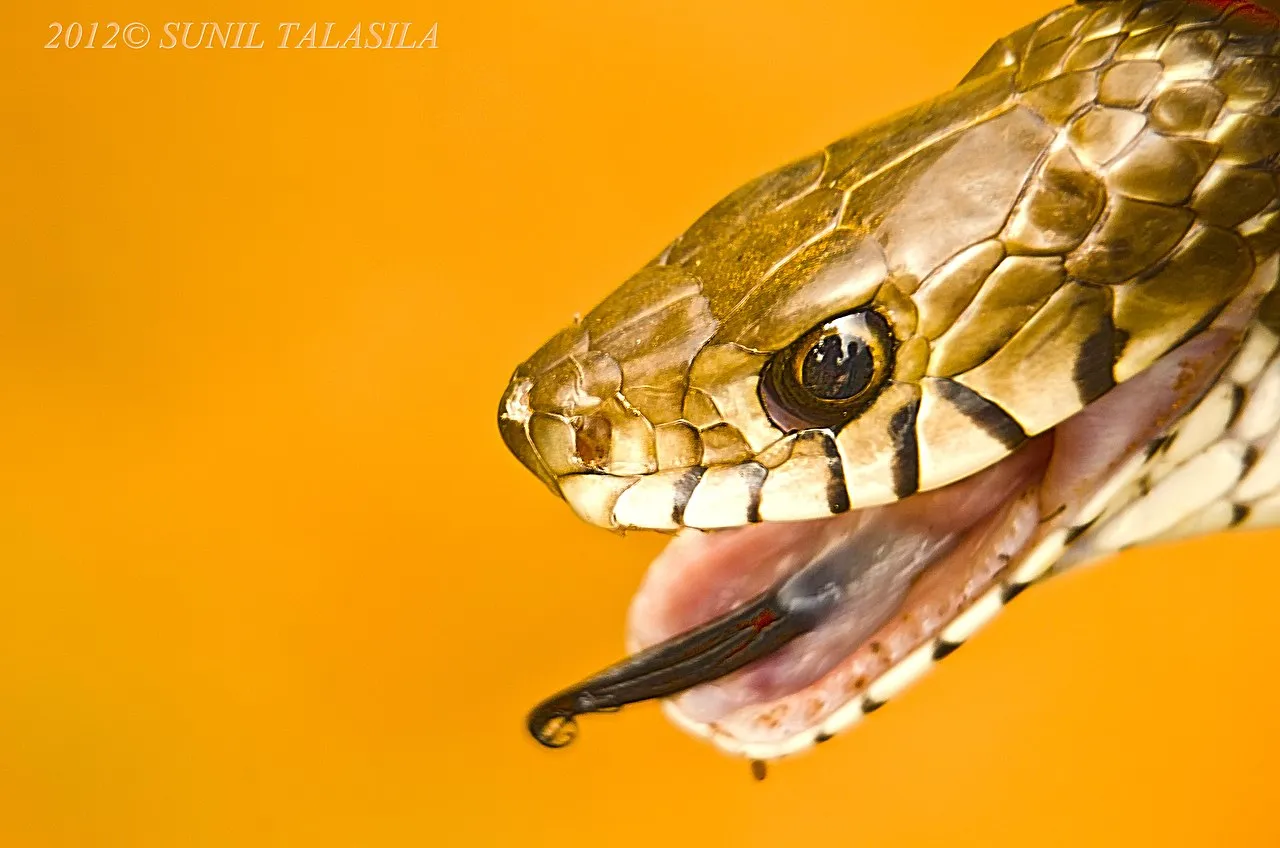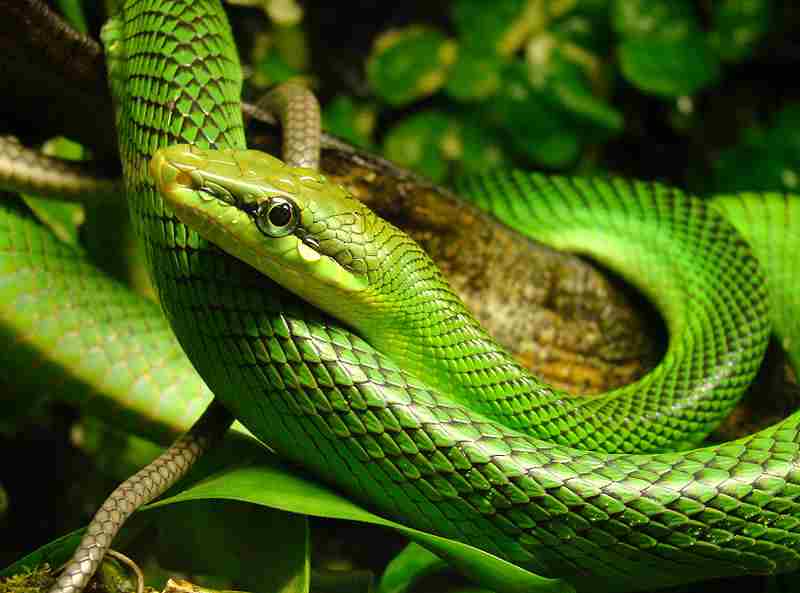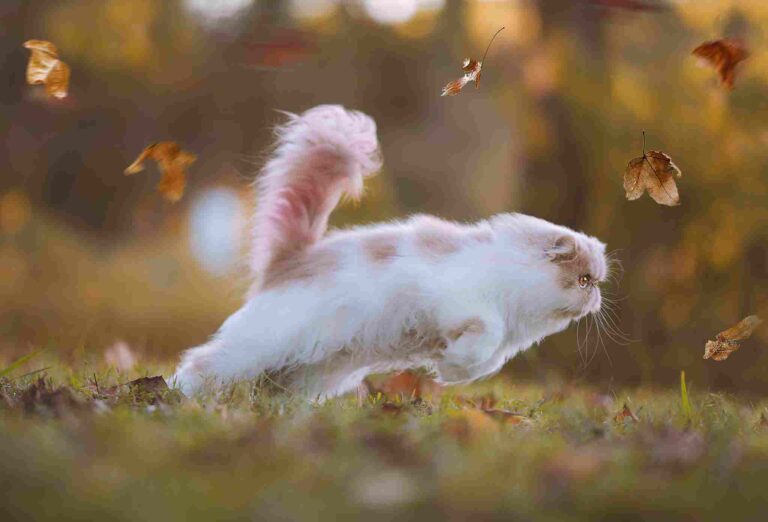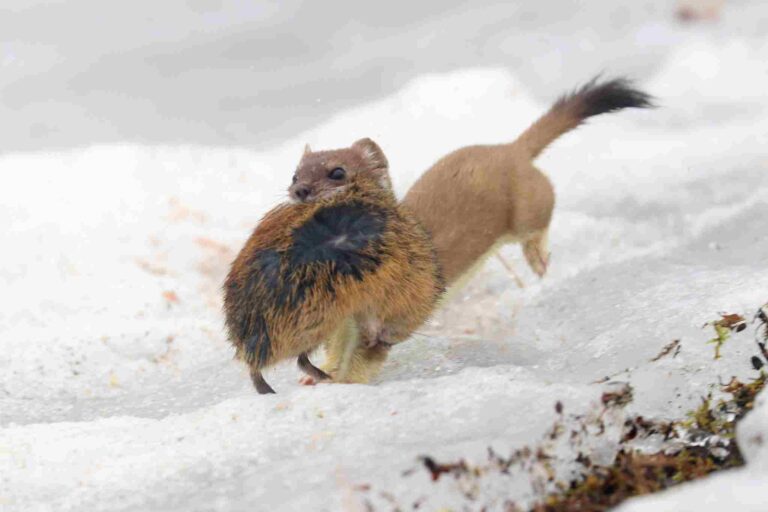Blue Rat Snake/Blue Beauty Rat Snake Facts, Characteristics
The Blue Rat Snake is a non-venomous subspecies found in North America, exhibiting striking blue-gray coloration and reaching lengths of up to 6 feet. They play a vital role in ecosystems as both predators and prey, feeding primarily on small mammals like rodents and birds. Conservation efforts are necessary to protect them from threats such as habitat loss, while responsible ownership is crucial for those kept as pets to prevent negative impacts on wild populations.
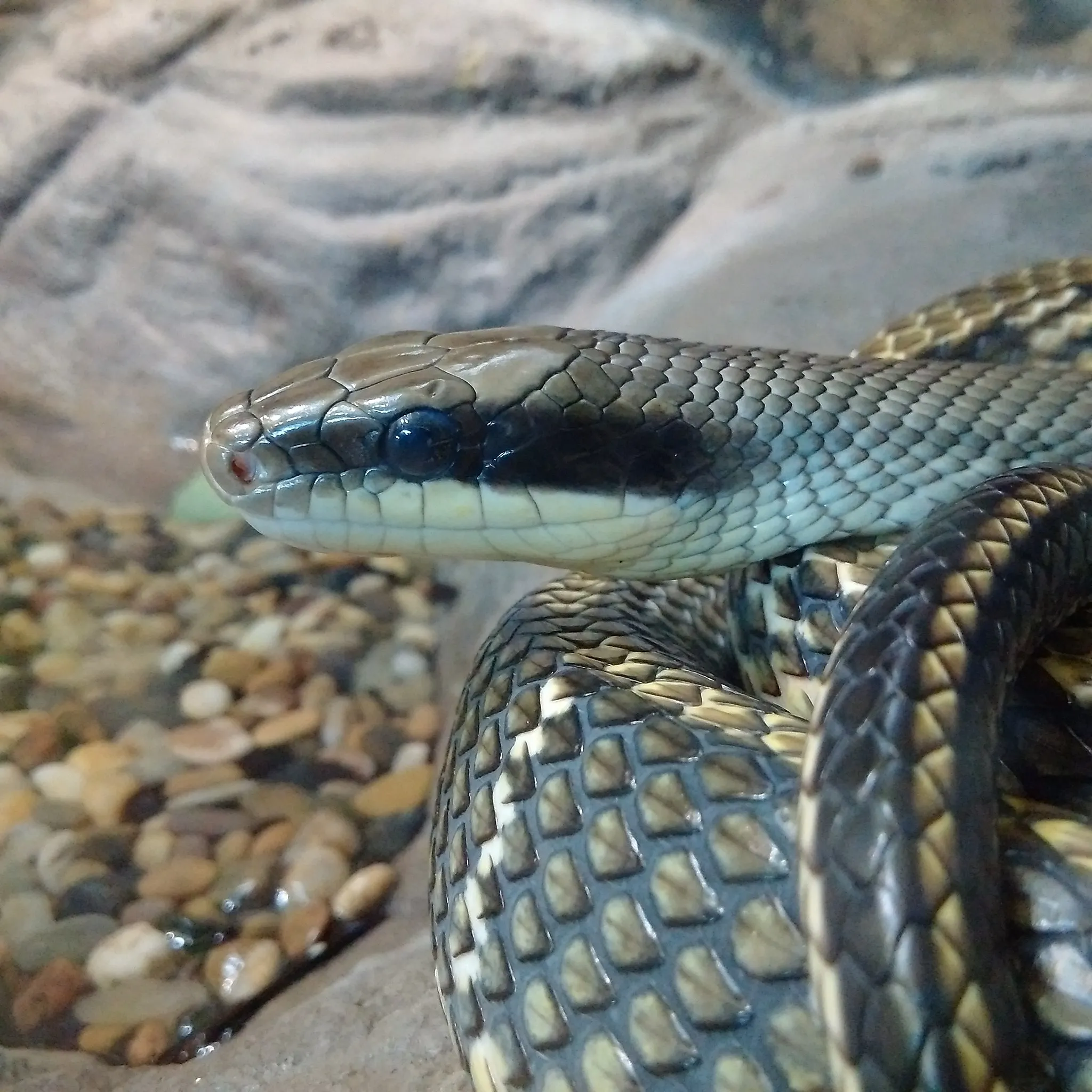
*Facts About the Blue Rat Snake/Blue Beauty Rat Snake
1. Scientific Classification:
Kingdom: Animalia
Phylum: Chordata
Class: Reptilia
Order: Squamata
Family: Colubridae
Genus: Pantherophis
Species: Pantherophis obsoletus
Subspecies: Pantherophis obsoletus (Blue Rat Snake/Blue Beauty Rat Snake)
2. Subspecies:
The Blue Rat Snake, also known as the Blue Beauty Rat Snake, is a subspecies of Pantherophis obsoletus.
Importance: Subspecies differentiation can indicate variations in habitat preferences, behaviors, and adaptations, contributing to biodiversity.
Ecological Implications: Understanding subspecies helps in conservation efforts by targeting specific populations for protection and management.
3. Size and Weight:
Blue Rat Snakes can reach lengths of up to 6 feet (1.8 meters) or more.
They typically weigh between 1 to 3 pounds (0.45 to 1.36 kilograms).
Importance: Size and weight influence their ecological role as both predators and prey within their ecosystems.
Ecological Implications: Larger individuals may have different prey preferences or hunting strategies compared to smaller ones, affecting ecosystem dynamics.
4. Appearance and Identification:
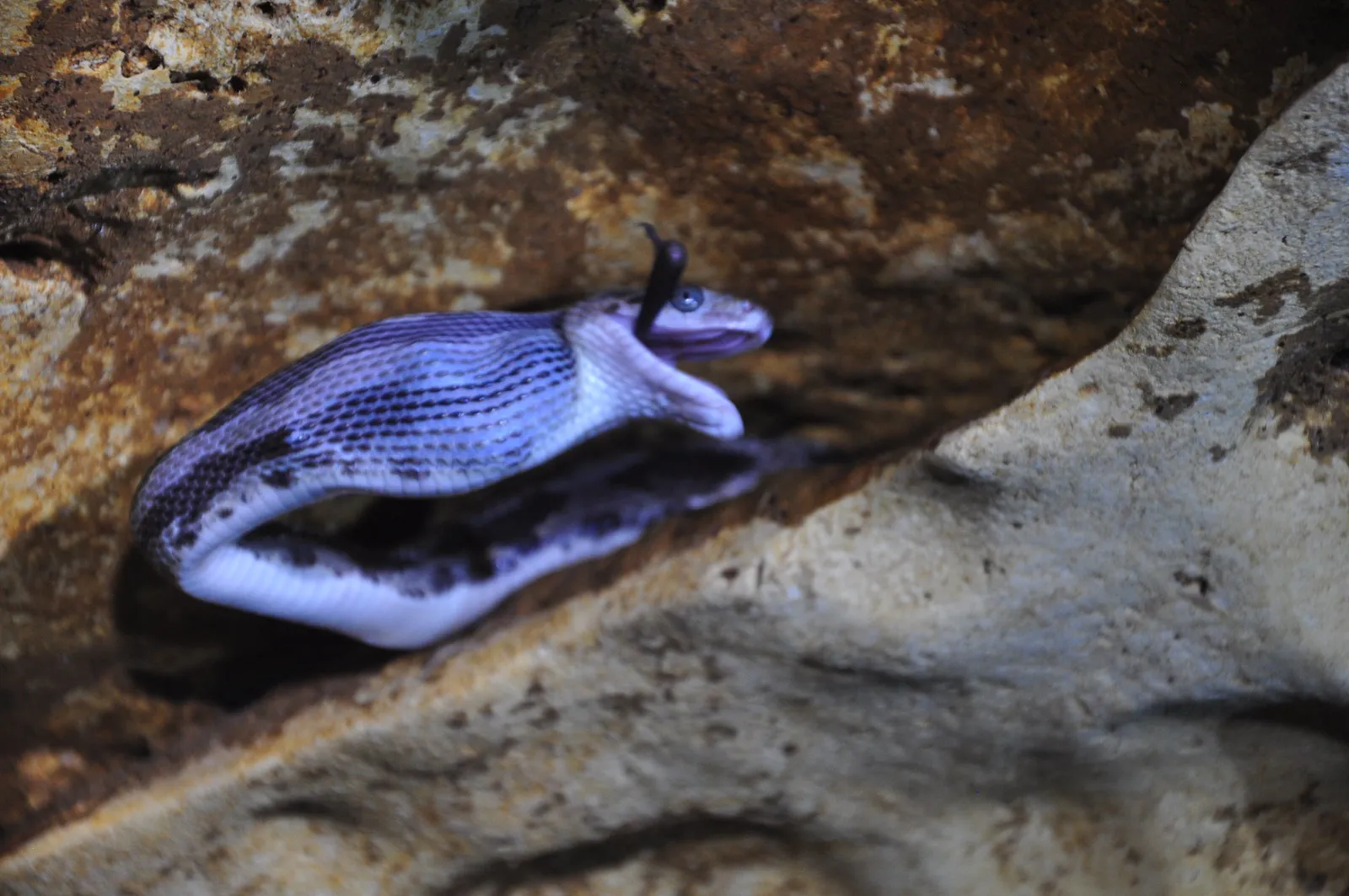
Blue Rat Snakes have a striking appearance with a bluish-gray body marked by dark blotches or stripes.
Their belly is typically lighter in color, ranging from cream to pale blue.
Importance: Their unique coloration aids in camouflage and can serve as a warning signal to predators.
Ecological Implications: Visual cues play a crucial role in predator avoidance and prey detection, influencing their survival and reproductive success.
5. Dentition and Bite Force:
Blue Rat Snakes have numerous small teeth arranged in rows along their upper and lower jaws.
While they are not venomous, they can deliver a painful bite if provoked.
Importance: Dentition and bite force are essential for capturing and subduing prey.
Ecological Implications: Effective hunting abilities contribute to controlling prey populations, thus influencing the structure and stability of their ecosystems.
6. Venomous Potency:
Blue Rat Snakes are non-venomous and pose no significant threat to humans.
Importance: Their lack of venom makes them safer to handle and less of a concern for human health.
Ecological Implications: Being non-venomous, they rely on other mechanisms such as constriction to subdue prey, which impacts their role in the food web and ecosystem dynamics.
7. Diet:
Blue Rat Snakes are carnivorous, feeding primarily on small mammals such as rodents, birds, and occasionally reptiles.
Importance: Their diet influences population dynamics of prey species and helps regulate their numbers in the ecosystem.
Ecological Implications: As predators, they play a crucial role in controlling rodent populations, which can have cascading effects on vegetation and other wildlife species.
8. Behavior:
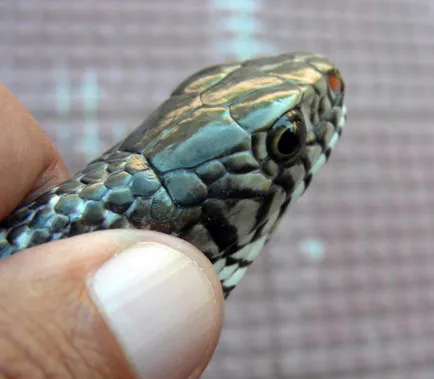
Blue Rat Snakes are typically solitary and nocturnal, actively hunting for prey during the night.
They are excellent climbers and are often found in trees or shrubs.
Importance: Understanding their behavior helps in predicting their habitat preferences and foraging patterns.
Ecological Implications: Nocturnal activity reduces competition with diurnal predators and prey, allowing them to exploit different niches within their ecosystem.
9. Sounds/Vocalization:
Blue Rat Snakes are not known for vocalizations but may hiss or rattle their tails when threatened as a defensive behavior.
Importance: Vocalizations serve as communication signals, warning predators or potential threats to stay away.
Ecological Implications: Defensive behaviors like hissing or tail rattling can deter predators, reducing the likelihood of predation and promoting the snake’s survival in its habitat.
10. Habitat:
Blue Rat Snakes inhabit a variety of habitats including forests, grasslands, scrublands, and rocky outcrops.
They are often found near water sources such as streams or marshes.
Importance: Understanding their habitat requirements is essential for conservation and management efforts.
Ecological Implications: Their presence in different habitats indicates their adaptability and the health of those ecosystems.
11. Geographic Range and Distribution:
Blue Rat Snakes are native to North America, with a range extending from the central United States to northern Mexico.
They are found in states such as Texas, Oklahoma, Kansas, and Missouri.
Importance: Knowledge of their distribution helps in assessing population trends and implementing conservation measures.
Ecological Implications: Their range and distribution provide insights into factors such as habitat suitability, climate, and human impacts on the landscape.
12. Tracks:
Blue Rat Snakes leave tracks characterized by their serpentine movement, typically consisting of a sinuous trail with paired sets of belly scales impressions.
Importance: Tracking can be used to study their movements, behavior, and habitat use.
Ecological Implications: Monitoring tracks helps in understanding their spatial distribution, resource utilization, and interactions with other species in their environment.
13. Reproduction:
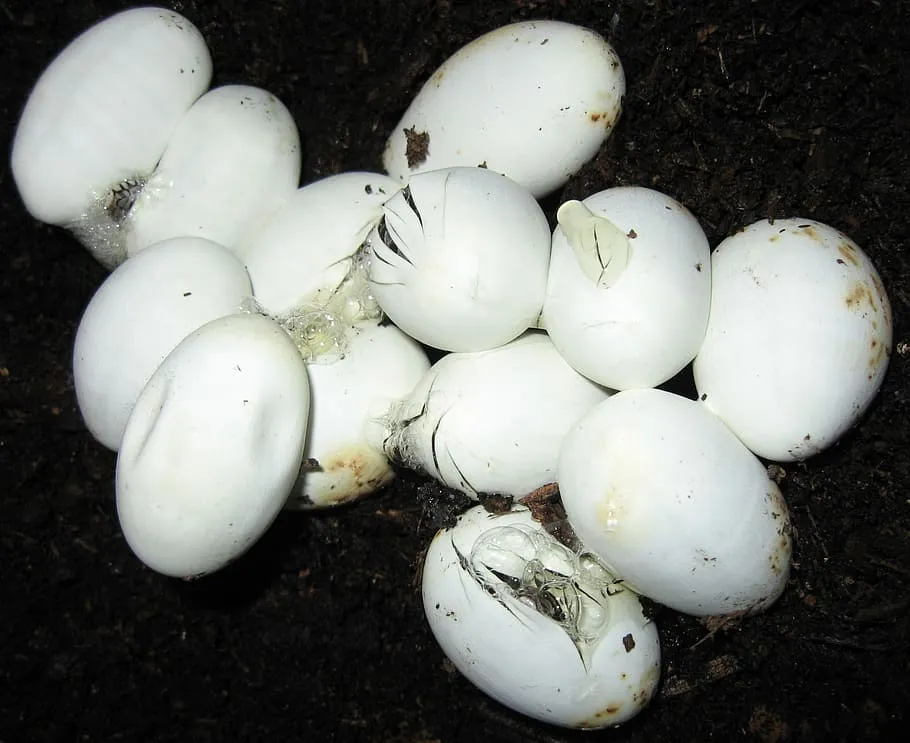
Blue Rat Snakes are oviparous, meaning they lay eggs rather than giving birth to live young.
Breeding typically occurs in the spring, with females laying a clutch of eggs in secluded locations such as rotting logs or underground burrows.
Importance: Reproductive behavior influences population dynamics and genetic diversity.
Ecological Implications: Successful reproduction ensures the persistence of the species and contributes to maintaining ecosystem balance by controlling prey populations.
14. Lifespan:
Blue Rat Snakes have a lifespan of around 10 to 20 years in the wild, although some individuals may live longer under optimal conditions.
Importance: Lifespan affects population demographics and the stability of ecosystems.
Ecological Implications: Longer lifespans contribute to the accumulation of ecological interactions and the transfer of genetic information across generations.
15. Major Adaptations:
Blue Rat Snakes have several adaptations for survival, including cryptic coloration for camouflage, a keen sense of smell to locate prey, and a muscular body for efficient movement and constricting prey.
Importance: Adaptations enhance their ability to thrive in various habitats and ecological niches.
Ecological Implications: Successful adaptations increase their fitness and resilience to environmental challenges, influencing their role within ecosystems.
16. Conservation Status:
The conservation status of Blue Rat Snakes varies depending on the region and subspecies.
While some populations may be stable, others face threats such as habitat loss, fragmentation, and road mortality.
Importance: Assessing conservation status guides conservation actions to protect vulnerable populations and their habitats.
Ecological Implications: Conservation efforts help maintain biodiversity and ecosystem functioning by preserving key predator-prey relationships and ecological processes.
17. Domestication and Suitability as a Pet:
Blue Rat Snakes are occasionally kept as pets by reptile enthusiasts due to their attractive appearance, relatively docile nature, and ease of care.
However, responsible ownership is essential, as captive-bred individuals are preferred to wild-caught specimens.
Importance: Understanding their suitability as pets helps promote responsible pet ownership and conservation of wild populations.
Ecological Implications: While captive breeding reduces pressure on wild populations, irresponsible pet ownership can lead to negative ecological impacts such as introduction of diseases or release of non-native species into the environment.
*Summary of Information On Blue Rat Snakes
The Blue Rat Snake (Pantherophis obsoletus) is a non-venomous subspecies of rat snake found in North America.
It exhibits a striking blue-gray coloration with dark blotches or stripes along its body, aiding in camouflage and predator deterrence.
Blue Rat Snakes can grow up to 6 feet in length and weigh between 1 to 3 pounds, influencing their ecological role as predators and prey within ecosystems.
They primarily feed on small mammals like rodents and birds, helping regulate prey populations and maintain ecosystem balance.
Behaviorally, they are solitary and nocturnal, often found in various habitats including forests, grasslands, and near water sources.
Reproduction occurs through oviparous means, with females laying eggs in secluded locations during the spring.
Major adaptations such as cryptic coloration, keen sense of smell, and muscular bodies enhance their survival in diverse habitats.
Conservation status varies, with some populations facing threats like habitat loss and fragmentation, necessitating conservation efforts.
While occasionally kept as pets, responsible ownership is crucial to prevent negative ecological impacts on wild populations.
